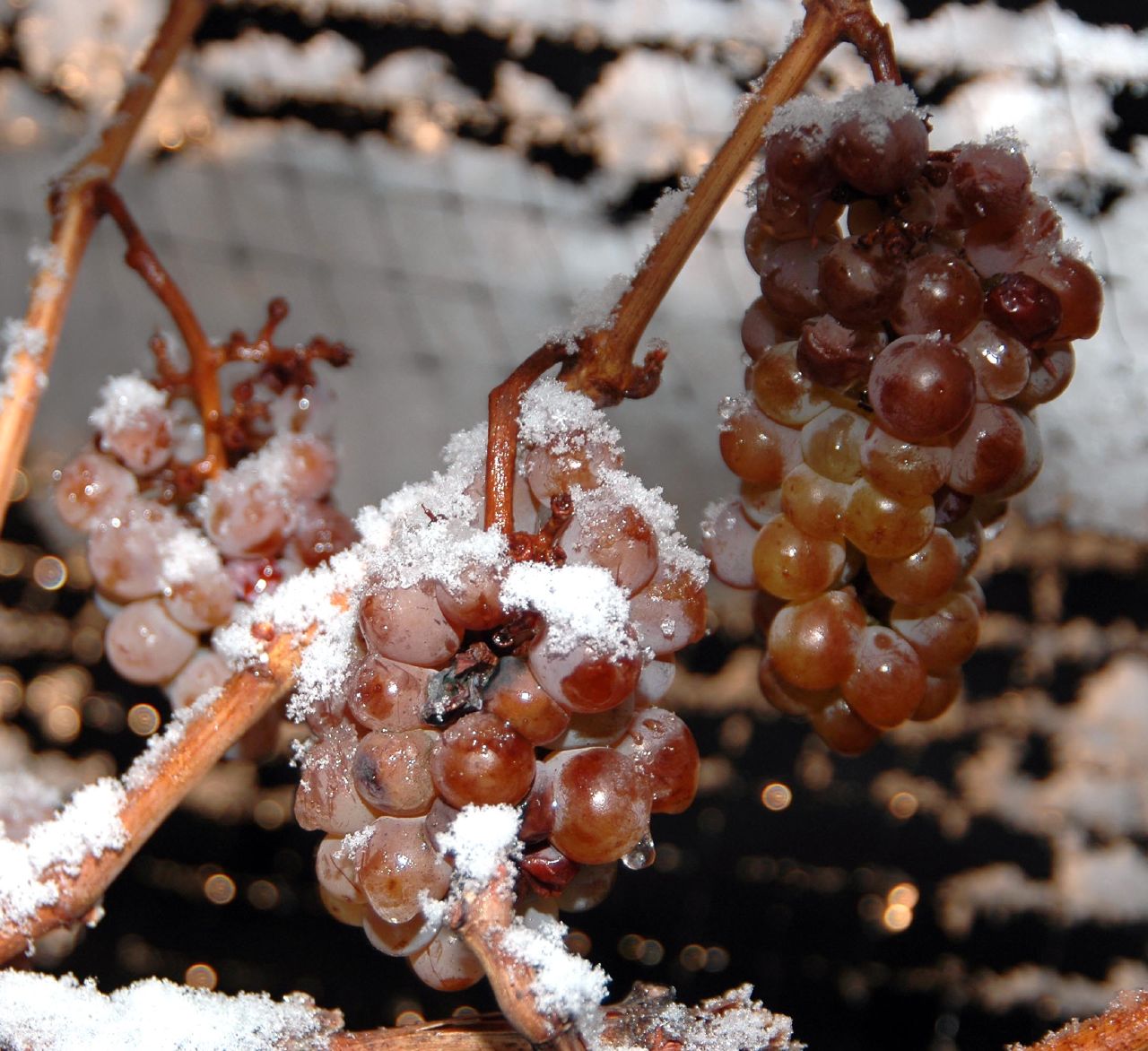This past weekend, my parents went for a quick weekend getaway to Quebec and brought back a few souvenirs for me and my sister. One of the items they brought back was icewine tea. Anyone that knows me understands that I will always come back with locally made tea from any city that I am visiting. Always.
Now, my sister had introduced me to icewine a few years ago after she had ordered a bottle at Gramercy Tavern for dinner. But icewine tea?? I was intrigued so I opened it immediately and set a kettle of water to boil on the stove. Once I opened the tin, I was immediately hit with the intense sweet smell of mango, apple, honey, and plums. It was AMAZING. If you are a lover of ceylon teas, you must RUN to buy some icewine tea just for the aroma alone! Even better was when I poured the hot water into the cup with the tea bag and saw it fizzing! The icing on top was when I went to smell the tea and realized the steam was hot AND cold at the same time. It was one big sensory overload for my soothing morning cup of tea.
After I got over my giddy delight in discovering a new tea, my immediate question was obviously: how was the tea produced to create that kind of reaction?
To figure that out, I headed to my trusty MacBook and started hunting. Despite the thousands of pages devoted to icewine though, I could find nothing about the process of making icewine tea and what could cause that hot/cold steam, other than pages on where to purchase it. So disappointing! Chemistry was never my forte. However, I did get a great background on how icewine came into existence and how it is made.
To figure that out, I headed to my trusty MacBook and started hunting. Despite the thousands of pages devoted to icewine though, I could find nothing about the process of making icewine tea and what could cause that hot/cold steam, other than pages on where to purchase it. So disappointing! Chemistry was never my forte. However, I did get a great background on how icewine came into existence and how it is made.
Historically, icewine originated in Germany after grape growers were forced to harvest their fruit due to an early frost in the late 1700’s. Spelled as one word “icewine” in Canada or called “Eiswein” in Germany, icewine is a dessert wine made from frozen grapes that are hand-picked from the field and then processed at night when temperatures are never higher than -10°C. 
http://www.pillitteri.com/icewine (Largest producer of Canadian icewine)
http://www.icewine.info
http://www.winesofcanada.com/icewine.html

PHOTO FROM WIKIMEDIA
Pressed before thawing, the grapes produce a super-sweet liquid with a residual sugar level of at least 125 grams per liter. A table wine can be fermented in a matter of days or weeks, but because of the high sugar content of frozen grapes, the fermentation process for icewine takes months. Due to its labor intensive process, icewine is one of the most expensive wines available in the market, retailing at approximately $50 for a 375ml bottle.

In 1973, German Walter Hainle was accredited for producing the first icewine in Canada. By law, icewine can only be produced by people who belong to a Vintners Quality Alliance (VQA) association in their respective province. The grapes must also be frozen naturally in order to be called icewine.
Today, Canada is the world's largest producer of icewine with 75% coming from Ontario. According to John Scheiner’s The Wines of Canada, Canada produces nearly a million liters annually. A good way to taste various icewine vineyards is to attend the annual Niagara Icewine Festival that showcases nearly 30 wineries. Many venues have an outdoor bar made of ice, statues made of ice, and some excellent food creations to eat along with the fantastic icewine. Unfortunately readers, 2011's festival JUST ended! However, mark your calendars as the next festival will be held from January 13-29, 2012!!

PHOTO FROM WINES OF CANADA
In 1973, German Walter Hainle was accredited for producing the first icewine in Canada. By law, icewine can only be produced by people who belong to a Vintners Quality Alliance (VQA) association in their respective province. The grapes must also be frozen naturally in order to be called icewine.
Today, Canada is the world's largest producer of icewine with 75% coming from Ontario. According to John Scheiner’s The Wines of Canada, Canada produces nearly a million liters annually. A good way to taste various icewine vineyards is to attend the annual Niagara Icewine Festival that showcases nearly 30 wineries. Many venues have an outdoor bar made of ice, statues made of ice, and some excellent food creations to eat along with the fantastic icewine. Unfortunately readers, 2011's festival JUST ended! However, mark your calendars as the next festival will be held from January 13-29, 2012!!
For additional information about icewine and where to purchase it:
http://www.pillitteri.com/icewine (Largest producer of Canadian icewine)
http://www.icewine.info
http://www.winesofcanada.com/icewine.html

Fascinating! I've never heard of icewine and certainly not icewine tea. Wonder if I kind find it in Paris...at the Grande Epicerie, perhaps? Will have to check. Great post, by the way!
ReplyDeleteask permission before using material
ReplyDelete